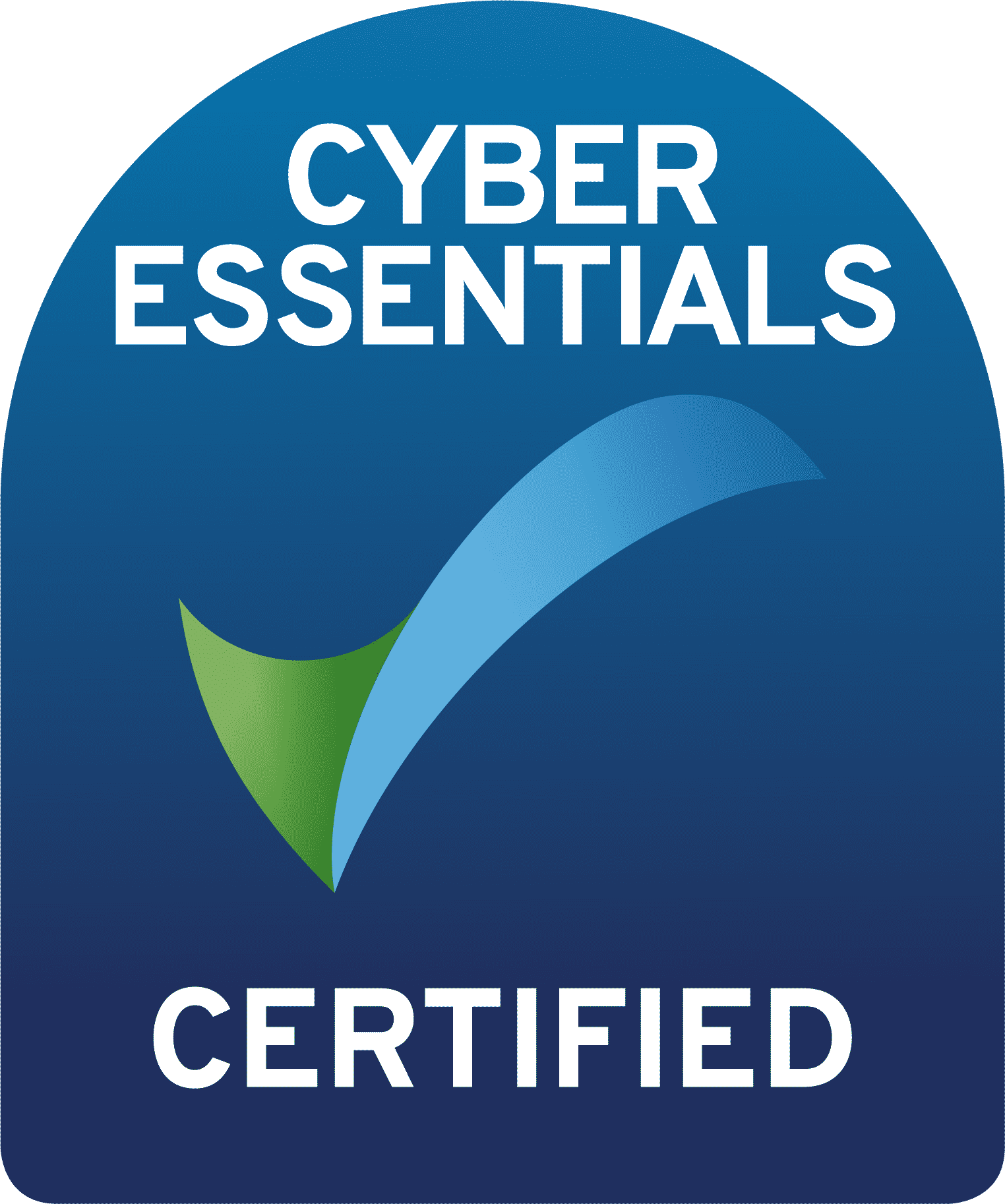Six years on from the launch of the first Google glasses, Google has announced the introduction of Google Glass 2 Enterprise Edition, glasses incorporating a wraparound camera and AR and designed to help workers by providing instant hands-free access to key information.
Improved
Following on from the original introduction of Google’s ‘Glass’, followed by the last Enterprise Edition back in 2017 which suffered from poor take-up due to an apparent lack of applications, Glass 2 Enterprise Edition is an upgraded version with a clearer target market, and a marketplace more educated to its benefits.
Who?
Google’s shorthand definition of its target market for Google 2 is those working in manufacturing, field service and healthcare, primarily because it has development experience, success stories, and easy to transmit benefits in these areas. For example, Google has worked with several partners in the marketplace to develop Glass 2 and to help hone the glasses and give them maximum value in Enterprise settings in the target markets and beyond. For example, Google has worked with partners including AGCO, Deutsche Post DHL Group, Sutter Health, and H.B. Fuller.
What and How?
Glass 2 is essentially a hands-free, wearable device for “smarter and faster” hands-on work that provides the information that an employee needs in the periphery of their line of sight. This means that workers, all of whom have limited time and resources, only one pair of hands, and need to be in one particular place to complete their work can get immediate, safe access to expert advice around the world.
In this way, Google Glass can:
- Help improve efficiency and client relationships e.g. health care professionals don’t have to spend as much time in front of a computer screen and can spend more time in front of their patients. For example, the technology reportedly saves (on average) two hours of doctors’ time per day.
- Help reduce processing and training time e.g. in manufacturing and field servicing. For example, DHL is reported to have seen a 15% jump in operational efficiency in item picking because employees can use Google Glass (2) to receive real-time item picking instructions while on the warehouse floor.
Upgrades
The upgrades in Glass 2 compared to the last Enterprise Edition include:
- A more powerful multicore CPU (central processing unit) and a new artificial intelligence engine to improve performance and support for vision.
- Glass-compatible safety frames to help in different types of demanding work environments.
- Improved camera performance and quality.
- The inclusion of an SB-C port that supports faster charging and increased overall battery life.
- The fact that it’s built on Android, so it’s easier to deploy, develop and improve.
Price
The price tag for Glass 2 is reported to be $999.
Criticism
Google’s Glass products have suffered criticism in the past over concerns about privacy, functionality and safety e.g. possibly reducing peripheral vision while driving.
What Does This Mean For Your Business?
Wearables and AR are both finding many value-adding real-world applications in multiple industries, and with Google’s Glass 2 being a combination of the two it has the huge potential that it always had, but this time with some technical improvements, a clearer marketing focus, and some real business world success stories to help back it up and provide the social proof and ROI information that businesses may be looking for. The high price tag could, therefore, be offset by the potential efficiency savings, and added employee and customer benefits that could result from enterprise adoption of Glass 2.


